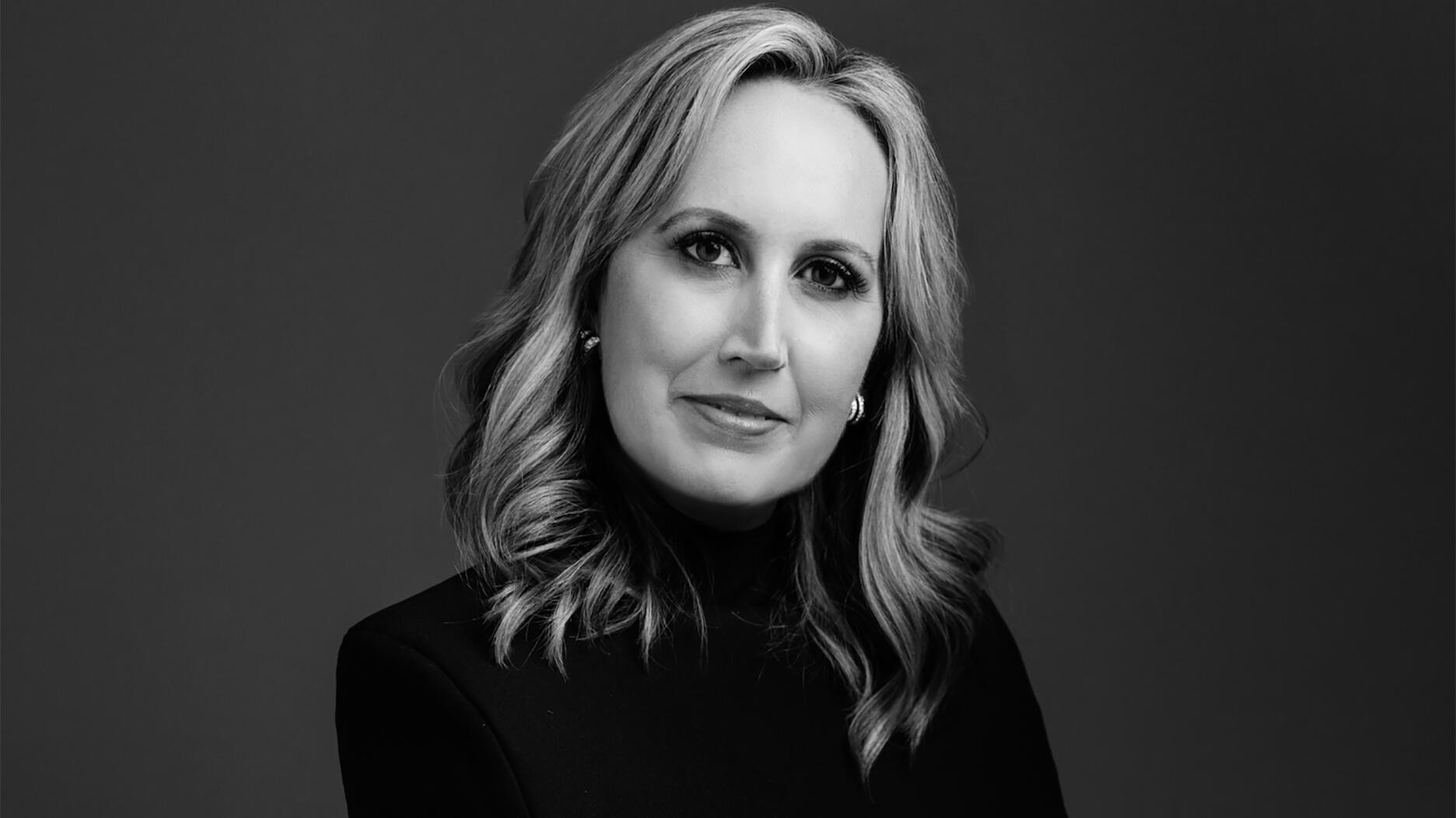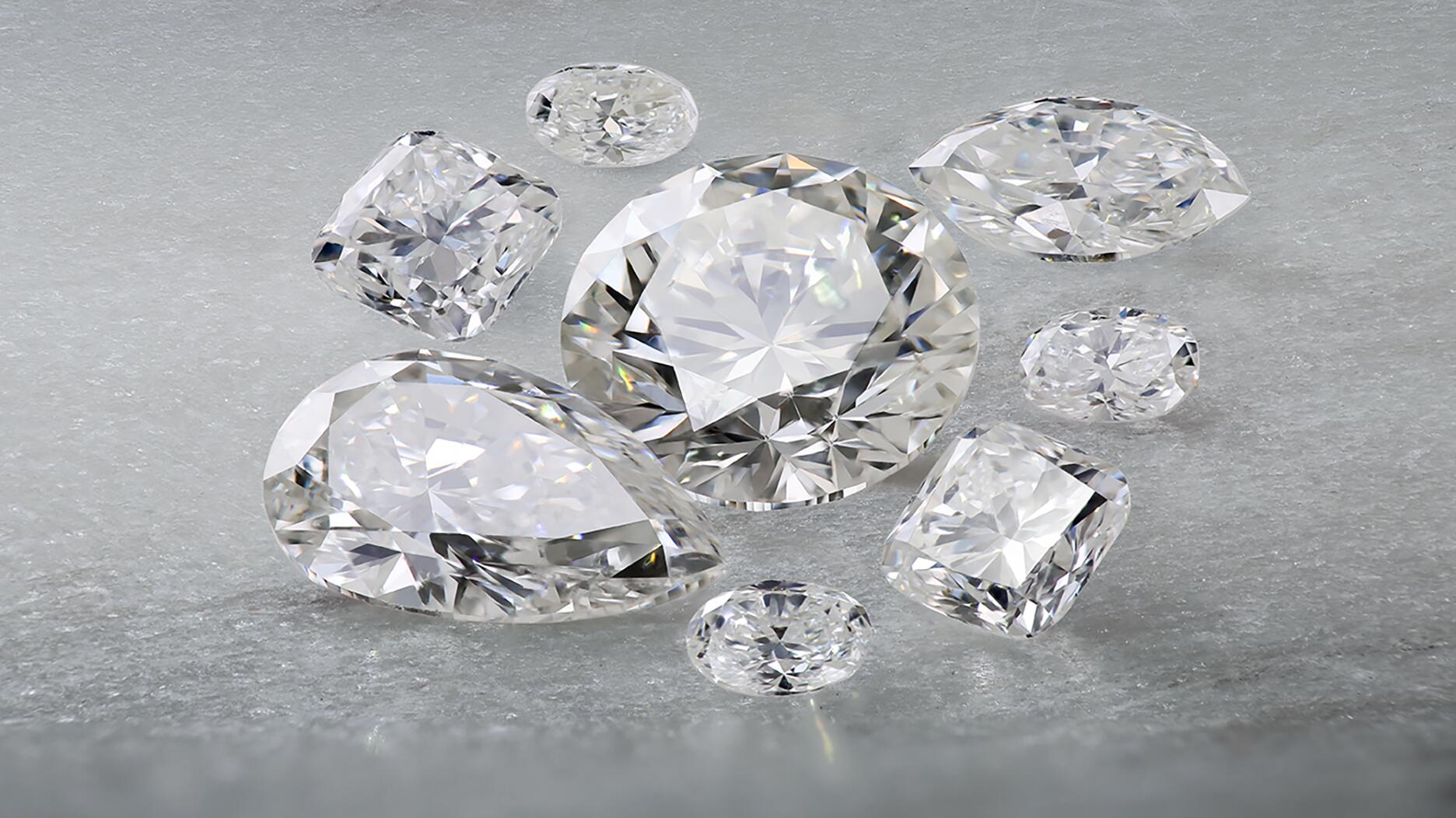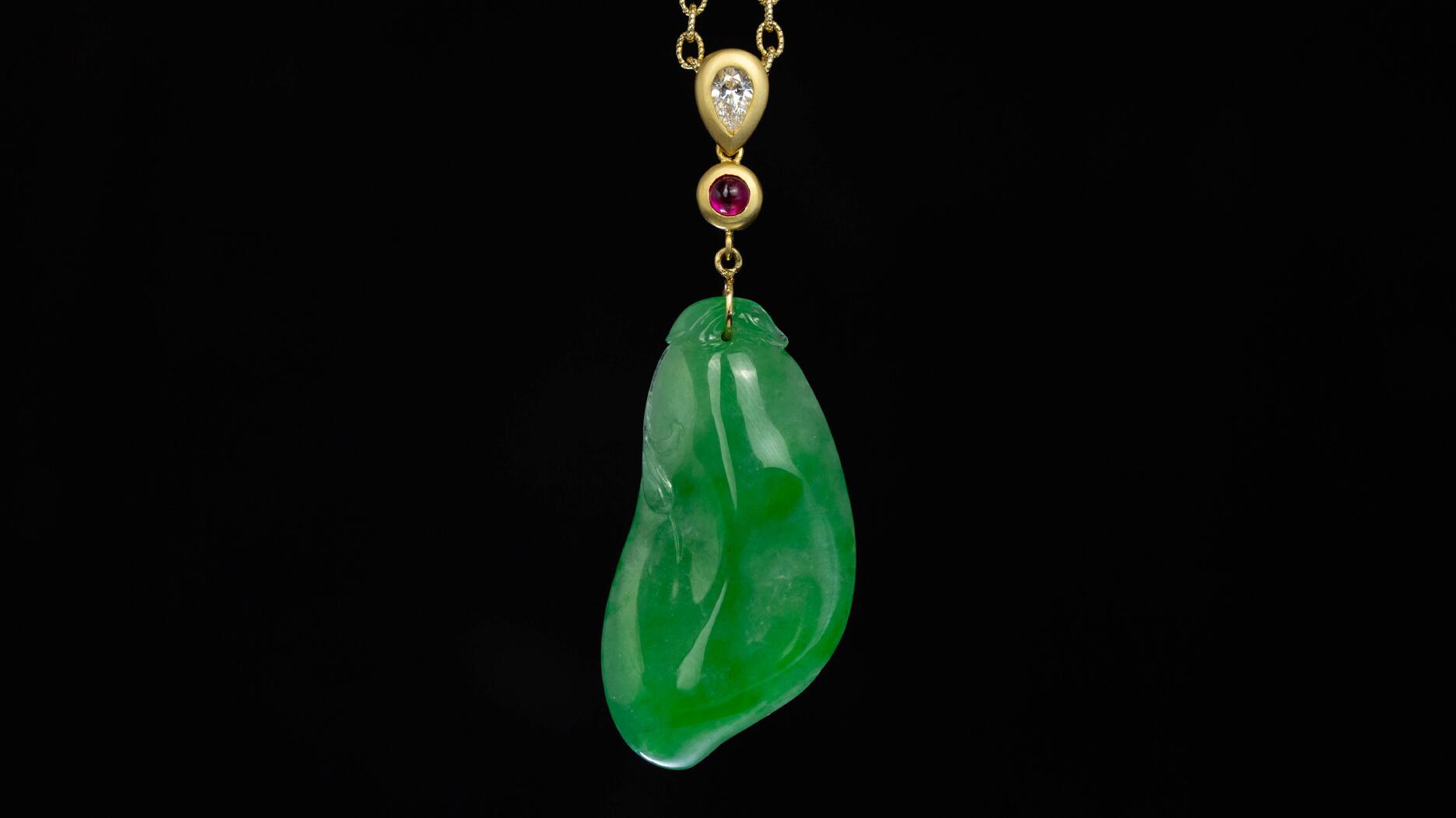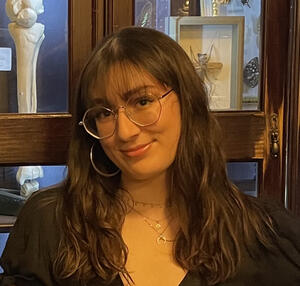IGI Set to Go Public Next Week
In a CNBC interview, CEO Tehmasp Printer discussed the IPO in India and what declining lab-grown diamond prices mean for the company.
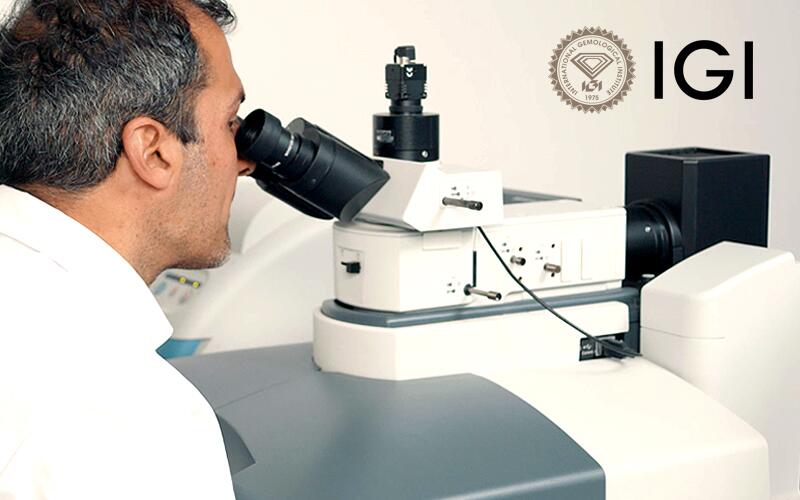
The company filed for an initial public offering (IPO) in India on Aug. 22 and is now looking to raise 42.25 billion rupees ($497 million), an increase from its initial goal of 40 billion rupees ($477 million).
IGI is expected to begin trading on Dec. 20, with IPO bids open from Dec. 13 through Dec. 17, according to a red herring prospectus filed Dec. 6.
The price ranges from 397 to 417 rupees per share with a lot size of 35 shares.
The stock would be listed on the National Stock Exchange of India and the Bombay Stock Exchange.
Private equity giant Blackstone acquired IGI in May 2023 from a subsidiary of Chinese conglomerate Fosun and former CEO Roland Lorie, paying nearly $570 million for the lab.
Blackstone had been seeking a valuation of $1.5 billion, per a Reuters report, but was in talks to take the lab as high as $3.5 billion.
This proposed IPO values IGI at around $2.1 billion.
In an interview with CNBC, IGI CEO Tehmasp Printer shared more details about the upcoming IPO.
Following the IPO, Blackstone would go from holding a 100 percent stake in the lab to having a 76 percent stake, he said.
“We are very happy to have Blackstone support us,” he said. “I believe Blackstone is committed for the next 10 years, which could also possibly be extended.”
The net proceeds from the IPO will be used for general corporate purposes and to acquire the remaining outstanding shares of IGI Belgium Group and IGI Netherlands Group from Blackstone.
“Today, we are in consolidation mode. We have taken the lead on lab-grown diamonds and we want to make IGI a global entity,” said Printer.
In the prospectus, IGI highlighted its position as the second-largest independent grading and accreditation services provider in the world, after the Gemological Institute of America, for loose stones and jewelry.
Founded by the Lorie family in Antwerp in 1975, IGI now operates 31 laboratories and 18 education facilities in diamond and jewelry centers around the world.
IGI’s share of the overall grading report market is around 33 percent, said Printer, including 20 percent natural and 13 percent lab-grown diamonds.
In India, IGI is the largest provider of these services, holding 50 percent market share, said the prospectus.
The rise in popularity of lab-grown diamonds has been partly behind its success, though its practices regarding the stones have raised some eyebrows in the industry.
As first reported by JCKOnline.com, IGI disclosed in its draft prospectus filed in August that a lot of its lab-grown diamond grading is done in the factories of the companies growing the diamonds.
IGI gemologists, as well as employees of the diamond companies, do the grading and the diamond companies supply the equipment, a setup that, IGI acknowledged, comes with risks.
“As certification via our in-factory and mobile laboratory setups are conducted on the premises of our customers, we may also have less oversight over third parties who have access to our customers’ premises,” the lab said in its August prospectus.
“While we conduct quality checks and periodic calibration of our gemologists to reassess and adjust their grading techniques, such measures may not be effective in preventing all instances of grading errors or fraud by gemologists or third parties.”
Printer was not asked about this during the CNBC interview but did discuss the growth in consumer demand for lab-grown diamonds and their falling prices.
“Our growth rate has been immense where lab-growns are concerned,” he said on CNBC. “It’s the new-age diamond. It’s the new kid on the block and we are sitting on the top of it.”
The company also benefits from “economies of scale” when grading lab-grown diamonds, he said, meaning that as the company grades more lab-grown diamonds the cost to do so decreases.
Regarding the sustainability of this revenue growth, Printer said it is sustainable due in part to the affordability of lab-grown diamonds, which has contributed to the market size “increasing rapidly,” and caught the attention of millennials and Gen Z.
Though the market size may be increasing, the declining value of lab-grown diamonds has been a cause for concern in the industry.
The decline in prices should not hurt its margins, he said, adding that prices have been stable for the last nine months or so, now at $200 to $250 per carat wholesale.
“Lab-grown manufacturers and polishers have huge [capital expenditures] and [operational expenditures]. Today, the price has stabilized to a level where I don’t think they can go any lower. Then, it becomes unsustainable,” he said.
The Latest

The heist happened in Lebec, California, in 2022 when a Brinks truck was transporting goods from one show in California to another.
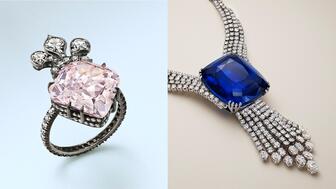
The 10-carat fancy purple-pink diamond with potential links to Marie Antoinette headlined the white-glove jewelry auction this week.

The Starboard Cruises SVP discusses who is shopping for jewelry on ships, how much they’re spending, and why brands should get on board.
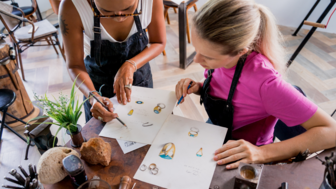
The Seymour & Evelyn Holtzman Bench Scholarship from Jewelers of America returns for a second year.
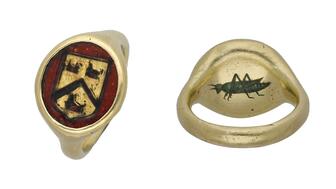
The historic signet ring exceeded its estimate at Noonans Mayfair’s jewelry auction this week.

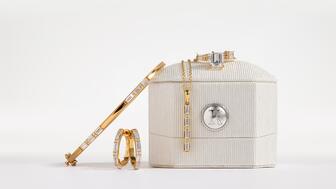
To mark the milestone, the brand is introducing new non-bridal fine jewelry designs for the first time in two decades.
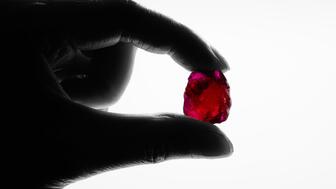
The gemstone is the third most valuable ruby to come out of the Montepuez mine, Gemfields said.
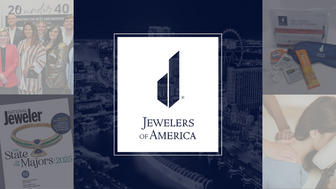
The countdown is on for the JCK Las Vegas Show and JA is pulling out all the stops.

Founder and longtime CEO Ben Smithee will stay with the agency, transitioning into the role of founding partner and strategic advisor.
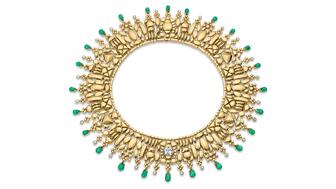
Associate Editor Natalie Francisco shares 20 of her favorite pieces from the jewelry collections that debuted at Couture.

If you want to attract good salespeople and generate a stream of “sleeping money” for your jewelry store, then you are going to have to pay.
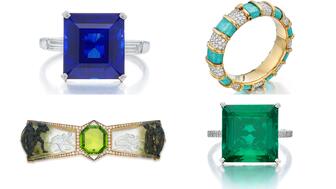
The top lot was a colorless Graff diamond, followed by a Burmese ruby necklace by Marcus & Co.

Gizzi, who has been in the industry since 2001, is now Jewelers of America’s senior vice president of corporate affairs.
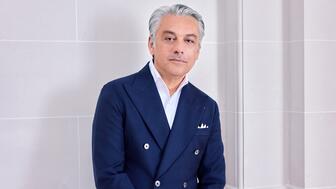
Luca de Meo, a 30-year veteran of the auto industry, will succeed longtime CEO François-Henri Pinault.
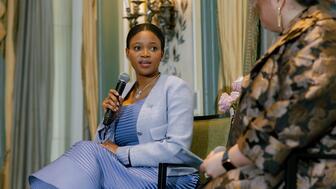
Following visits to Vegas and New York, Botswana’s minerals minister sat down with Michelle Graff to discuss the state of the diamond market.
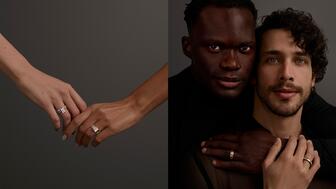
The “Your Love Has the Perfect Ring” campaign showcases the strength of love and need for inclusivity and representation, the jeweler said.

The former De Beers executive is the jewelry house’s new director of high jewelry for the Americas.

The New York Liberty forward is the first athlete to represent the Brooklyn-based jewelry brand.

Take a bite out of the 14-karat yellow gold “Fruits of Love Pear” earrings featuring peridots, diamond stems, and tsavorite leaves.
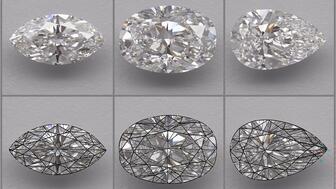
The one-day virtual event will feature speakers from De Beers, GIA, and Gemworld International.

The California-based creative talks jewelry photography in the modern era and tackles FAQs about working with a pro for the first time.
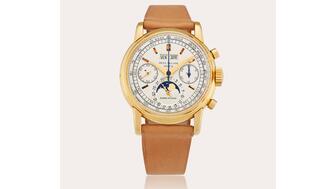
Al Capone’s pocket watch also found a buyer, though it went for less than half of what it did at auction four years ago.
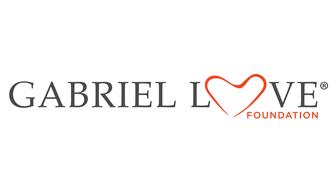
The foundation has also expanded its “Stronger Together” initiative with Jewelers for Children.

Assimon is the auction house’s new chief commercial officer.
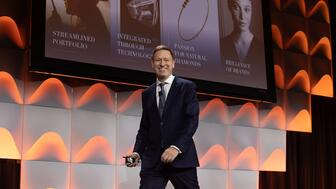
The De Beers Group CEO discusses the company’s new “beacon” program, the likelihood diamonds will be exempt from tariffs, and “Origin.”
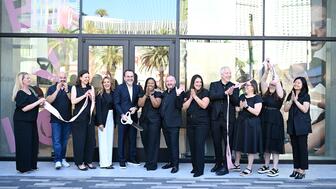
The Danish jewelry giant hosted its grand opening last weekend, complete with a Pandora pink roulette wheel.

The winners of the inaugural “Kering Generation Award x Jewelry” are student Lee Min Seo and China-based startup Ianyan.
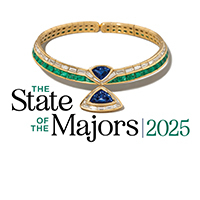
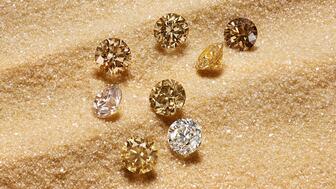

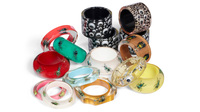



![“There is greater acceptance [of lab-grown diamonds] today, but manufacturers had to put in a lot of effort to make it happen,” said Smit Patel, director of finance for lab-grown diamond company Greenlab, whose factory in Surat, India, is pictured. Greenlab lab-grown diamond factory in India](jpg/image_processing20240924-67-pzvy14.jpg_%3b%20filename_%3dutf-8%27%27image_processing20240924-67-pzvy14.jpg)

